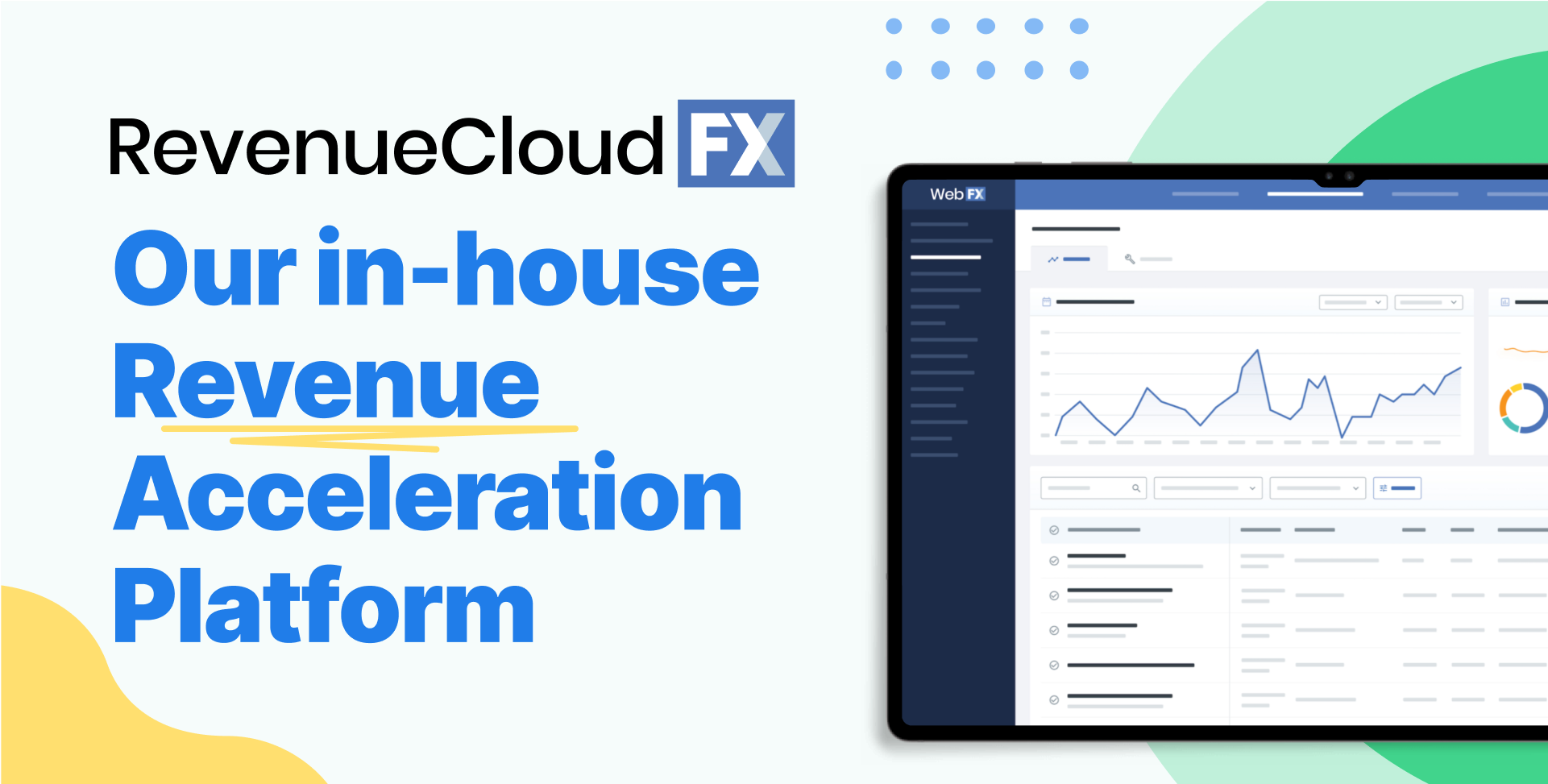-
 Published: May 30, 2023
Published: May 30, 2023
-
 6 min. read
6 min. read
-
 Maria Carpena
Maria Carpena Emerging Trends & Research Writer
Emerging Trends & Research Writer
- Maria is an experienced marketing professional in both B2C and B2B spaces. She’s earned certifications in inbound marketing, content marketing, Google Analytics, and PR. Her favorite topics include digital marketing, social media, and AI. When she’s not immersed in digital marketing and writing, she’s running, swimming, biking, or playing with her dogs.
As a business owner, you want to earn new customers, but how do you ensure you’re spending enough — not too much — to acquire new clients?
Enter customer acquisition cost (CAC). CAC is your total expenses to acquire a paying customer at a given period. If you want to know more about CAC metrics, its formula, and how measuring it can help your business, you’re in the right place. This blog post will discuss these topics:
- What is CAC?
- CAC formula: How to calculate CAC
- How to analyze CAC
- CAC vs. cost per acquisition (CPA)
- How to improve your CAC
While you’re here, subscribe to our free weekly newsletter to get the latest digital marketing intel delivered straight to your inbox!
Don’t miss our Marketing Manager Insider emails!
Join 200,000 smart marketers and get the month’s hottest marketing news and insights delivered straight to your inbox!
Enter your email below:
Inline Subscription Form – CTA 72
“*” indicates required fields
(Don’t worry, we’ll never share your information!)

What is CAC?
Customer acquisition cost (CAC) is your total expenses incurred to acquire a paying customer at a given time. CAC covers your marketing fees, sales costs, and your staff’s wages and taxes.
Think of CAC as your business’s health metric — it tells you how profitable your company is by comparing the amount you spent to win customers and the number of customers you gained.
CAC formula: How to calculate CAC
To measure your business’s profitability using CAC, use this CAC formula:
CAC = (Total Cost Spent to Obtain Customers) / Number of Customers Acquired
For example, let’s say you spent the following in six months to acquire new customers:
- Marketing budget: $40,000
- Wages and taxes: $80,000
- Operating costs: $60,000
You spent $180,000 in six months. In the same period, you gained 1200 customers. Your CAC is $150, which is the amount you spent to convert a customer.
To remain profitable, you want each new customer’s spending on your business to be more than your CAC. In our example, customers must spend more than $150 throughout their relationship with your company or before they churn.
How to analyze CAC
After calculating your business’s CAC, compare it with other business metrics to garner insights about your campaigns. Here are other metrics you can analyze with your overall CAC:
Let’s go through each one:
LTV to CAC
Lifetime value (LTV) is the predicted revenue a customer will contribute to your business throughout your relationship. The LTV formula is:
LTV = Revenue from a Single Customer over their Lifetime – Cost of Acquiring the Customer
You can also use our LTV calculator to calculate your LTV.
Comparing LTV to CAC gives you an idea of how much you’re spending to acquire new customers compared to how much revenue you’re getting in return from these customers.
Are you spending too much to convert new customers, but getting too little in return from these customers? LTV to CAC ratio answers this question so that you can adjust your strategies accordingly.
Generally, a good LTV to CAC ratio is 3:1. You’re spending enough marketing budget to win new customers, and these customers bring steady value to your business through their purchases.
If your LTV to CAC ratio is 1:1, however, you’re spending more money to bring in customers who are not providing as much value to your business.
Bonus Read: What Is a Good LTV to CAC Ratio?
CAC per marketing channel
Typically, marketers want to know the CAC of every marketing channel. Doing so enables them to identify which channels are converting customers more efficiently.
Compare your CAC per marketing channel. You can get this data if you have a marketing technology (martech) stack.
Which channels had a CAC that performed better than your overall CAC? These are your best-performing channels. You can allocate more marketing budget on these channels to get more customers for a fixed budget.
In need of a martech stack? MarketingCloudFX, our proprietary growth platform, can attribute your return on investment (ROI), so you know what strategies contribute to your bottom line.
CAC vs. CPA
You may be more familiar with the cost per acquisition (CPA) metric as a marketer. CAC and CPA are both valuable metrics, but they measure different things.
CAC looks at the cost required to obtain a paying customer, while CPA measures the cost to get a prospect to take action aside from converting into a customer. Instead, CPA focuses on actions like free trial sign-ups and webinar registrations.
Typically, marketing teams look at the CPA to determine which strategies drive their audience to take action. Meanwhile, a company’s management team looks at CAC and how the overall spending brings in customers and profit.
Ensure you track each metric separately and don’t confuse them, as they measure different but important costs!
How to improve your CAC and LTV to CAC ratio
If you want to maintain your business’s health and profitability, you can improve your CAC with these strategies:
- Invest in conversion rate optimization (CRO)
- Reduce customer churn with retention programs
- Run a customer referral program
- Streamline your sales process
Let’s discuss each strategy:
1. Invest in conversion rate optimization (CRO)
Make it easy for your prospects to become customers by optimizing your website and landing pages for conversion. CRO reduces the friction points that prevent a prospect from converting into a paying customer. Ensure your website is mobile-friendly, too!
2. Reduce customer churn with retention programs
This strategy helps you improve your LTV and LTV to CAC ratio. By retaining customers, they continue purchasing from you, and their LTV increases.
As a result, your LTV to CAC ratio also improves.
Bonus Read: 10 Customer Retention Strategies to Grow Your ROI
3. Run a customer referral program
Fun fact: Referrals from friends make a consumer four times more likely to buy. If your customer’s referral converts into a new customer, their CAC is $0. Through time, these referred customers will lower your CAC.
4. Streamline your sales process
Improving your sales process can impact your CAC. A streamlined sales process can improve and shorten your sales cycle, thus increasing the number of sales you can close within a given period.
Using a customer relationship management (CRM) software like Nutshell can make your sales process more efficient by providing automation and pipeline management features that nurture your leads to conversion.
Our digital marketing campaigns impact the metrics that improve your bottom line.
See More Results
WebFX has driven the following results for clients:
$6 billion
In client revenue
24 million
Leads for our clients
7.14 million
Client phone calls
Use your CAC metrics and formula to grow your business
CAC is an important metric that businesses must track to check their profitability. If you need help calculating your CAC and LTV to CAC, consider teaming up with WebFX.
We’re a full-service digital marketing agency with over 28 years of experience helping our customers grow their bottom line. Having delivered over $6 billion in revenue for our clients, we’re committed to driving results that will grow revenue and profits.
In addition, MarketingCloudFX, our proprietary growth platform powered by IBM Watson, houses all relevant data that informs your marketing and sales strategies. As a result, you can improve your campaigns to ensure they’re contributing to your growth.
Contact us online or call us at 888-601-5359 to speak with a strategist about our digital marketing services!
-
 Maria is an experienced marketing professional in both B2C and B2B spaces. She’s earned certifications in inbound marketing, content marketing, Google Analytics, and PR. Her favorite topics include digital marketing, social media, and AI. When she’s not immersed in digital marketing and writing, she’s running, swimming, biking, or playing with her dogs.
Maria is an experienced marketing professional in both B2C and B2B spaces. She’s earned certifications in inbound marketing, content marketing, Google Analytics, and PR. Her favorite topics include digital marketing, social media, and AI. When she’s not immersed in digital marketing and writing, she’s running, swimming, biking, or playing with her dogs. -

WebFX is a full-service marketing agency with 1,100+ client reviews and a 4.9-star rating on Clutch! Find out how our expert team and revenue-accelerating tech can drive results for you! Learn more
Try our free Marketing Calculator
Craft a tailored online marketing strategy! Utilize our free Internet marketing calculator for a custom plan based on your location, reach, timeframe, and budget.
Plan Your Marketing Budget
Table of Contents
- What is CAC?
- CAC Formula: How to Calculate CAC
- How to Analyze CAC
- LTV to CAC
- CAC Per Marketing Channel
- CAC vs. CPA
- How to Improve Your CAC and LTV to CAC Ratio
- 1. Invest in Conversion Rate Optimization
- 2. Reduce Customer Churn with Retention Programs
- 3. Run a Customer Referral Program
- 4. Streamline Your Sales Process
- Use Your CAC Metrics and Formula to Grow Your Business

Maximize Your Marketing ROI
Claim your free eBook packed with proven strategies to boost your marketing efforts.
Get the GuideTry our free Marketing Calculator
Craft a tailored online marketing strategy! Utilize our free Internet marketing calculator for a custom plan based on your location, reach, timeframe, and budget.
Plan Your Marketing Budget






